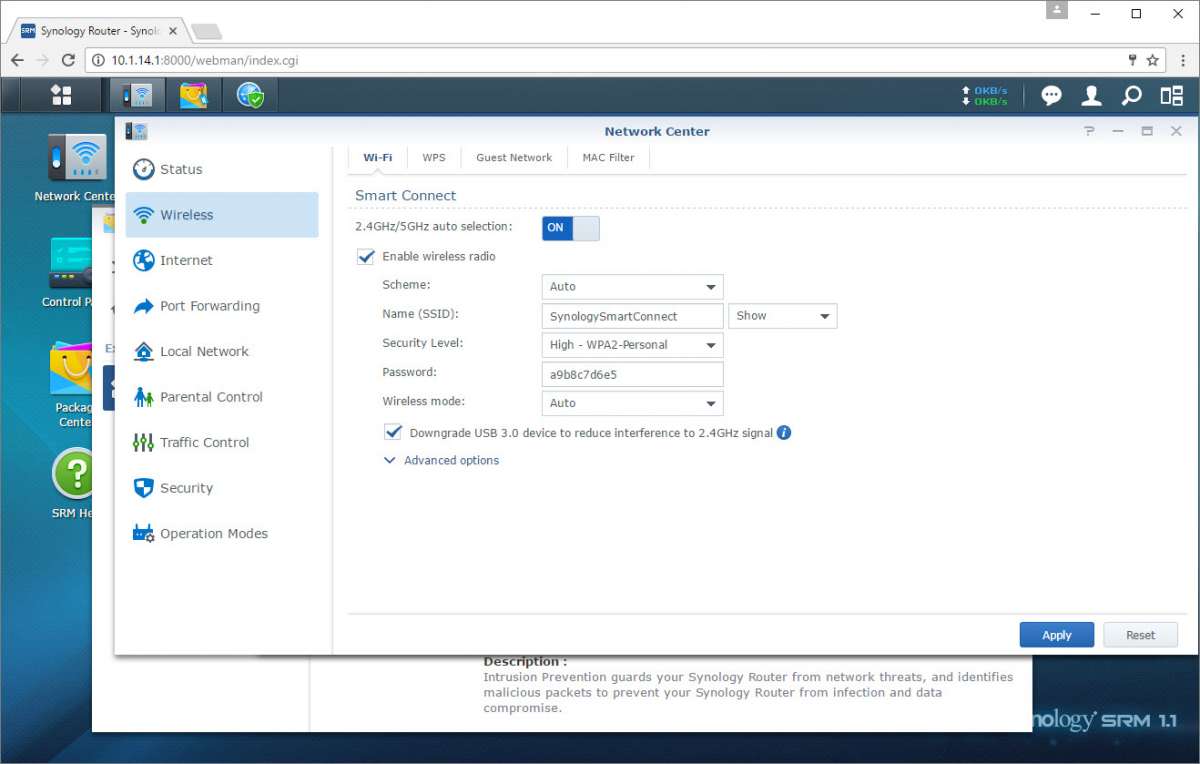

Code and documentation can be found here: ĭocker is a platform written in Go and takes advantage of several features of the Linux kernel to deliver its functionality.ĭocker provides the ability to package and run an application in a loosely isolated environment called a container. The Server can handle a wide variety of sensors and additional information supplied by GPS units. There are various mapping options, including road maps and satellite imagery. With Traccar you can view your GPS tracking devices in real-time with no delay. via DynDNS) to your Router/Server (Synology DS) and/or a Subdomain with according CNAME entry. A registered Domain which forwards (e.g.Understanding of the Synology Disk Station (DS) and the Disk Station Manager (DSM) and an Administrator Account for the DSM.Understanding of IP handling and Port forwarding for your Router.Some understanding of DNS, Network, Ports and Proxies to make sense of and secure things.These are easily identified by the name DSxxxx+.
Traccar synology plus#
A Synology NAS of the Plus Series, as those are enabled for virtualizing environments with their more powerful central processing units (CPUs).

Traccar synology install#
You are here because you want to install Traccar on a Synology Plus Series and you are sure you will have no port overlaps between Traccar and Synology. Port 5055 is not in use by any Synology services: So it works – use this instrution and carry on! The mobile app uses the Osmand protocol on port 5055. * You don’t have Webdav/Caldav installed: Carry on with this simple instrution!Įxample 3: You want to use your mobile as a tracker. * If you have Webdav/Caldav installed: You need to remap the Traccar ports – you can’t use this instruction for the simple installation. Synology uses 5005 on case you run Webdav / Caldav. Instead use this one: Įxample 2: You use an AVL-900 real time vehicle tracker. Port 5001 is used by Synology for certain secure services as DSM, File & Audio Station, so you can’t run Traccar on that port! You need to remap the Traccar ports – you can’t use this instruction for the simple installation. Unfortunately, some of the ports overlap.īefore you carry on, make sure what port / protocol your tracker uses: and compare to the ports the services you installed in your Synology uses: Įxample 1: You own a TK104 tracker.

Synology and Traccar use Ports to address services. When can you use this installation instruction? It will focus on employing Sonology’s User Interface (UX) capabilities mainly. If we removed a feature that you really need and rely on, please let us know on the forum or GitHub.This instruction will inform about a couple of basic components and guide through the process of installing Traccar on a Synology NAS using Docker. Removed SMPP support - the library that we were using for SMPP support hasn't been maintained for a long time, so this is out of our control, but you can use HTTP API instead that most SMS services provide Removed some legacy confuguration parameters - we removed quite a few configuration parameters that are deprecated or not recommended Removed JNDI support - same reason as above Removed XML attributes support - functionality hasn't been used by official Traccar version for a very very long time and removing it unlocks some code improvements Removed CSV and GPX export - part of the code was not used much and was poorly maintained, so we decided to remove for now until we implement a better version of export As we are going through this process, we decided to simplify and remove some old code, including some features that you might be using, so please check before upgrading. We had issues with undocumented configuration parameters for a long time and we are trying to fix it. We are also in the process of migrating configuration parameters to a new system where we will potentially be able to generate documentation for all available configuration parameters. More features migrated to the modern web app:Įnabled support for HTTP SMS API for commands


 0 kommentar(er)
0 kommentar(er)
